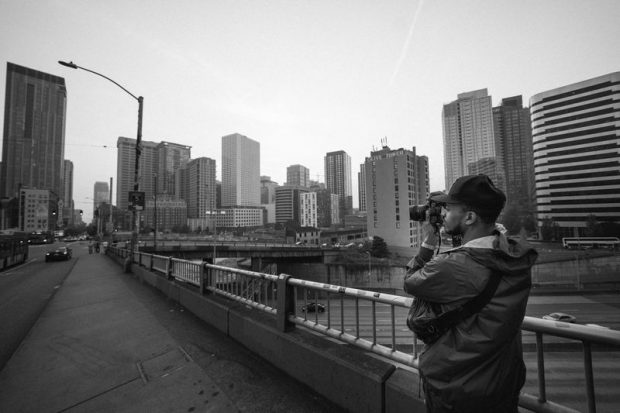The Best Strategy To Use For Framing Streets
The Best Strategy To Use For Framing Streets
Blog Article
See This Report about Framing Streets
Table of ContentsFraming Streets - The FactsThe 6-Minute Rule for Framing StreetsUnknown Facts About Framing StreetsAll About Framing StreetsThe 10-Second Trick For Framing StreetsThe Of Framing Streets
Photography genre "Crufts Dog Program 1968" by Tony Ray-Jones Street photography (likewise occasionally called candid digital photography) is digital photography performed for art or questions that includes unmediated possibility encounters and random incidents within public locations, generally with the objective of capturing pictures at a decisive or touching minute by careful framework and timing. 7 Simple Techniques For Framing Streets
Susan Sontag, 1977 Road photography can concentrate on people and their actions in public. In this regard, the street digital photographer resembles social docudrama professional photographers or photographers that additionally operate in public places, but with the aim of catching relevant occasions. Any one of these digital photographers' images may record people and home noticeable within or from public locations, which frequently entails browsing moral concerns and legislations of personal privacy, safety, and home.
Representations of day-to-day public life create a genre in almost every duration of globe art, beginning in the pre-historic, Sumerian, Egyptian and early Buddhist art periods. Art managing the life of the road, whether within views of cityscapes, or as the dominant motif, shows up in the West in the canon of the Northern Renaissance, Baroque, Rococo, of Romanticism, Realistic look, Impressionism and Post-Impressionism.
Indicators on Framing Streets You Need To Know
Louis Daguerre: "Blvd du Temple" (1838 or 1839) In 1838 or 1839 the first photo of numbers in the road was tape-recorded by Louis-Jacques-Mand Daguerre in one of a set of daguerreotype views drawn from his workshop window of the Blvd du Holy place in Paris. The 2nd, made at my site the elevation of the day, reveals an unpopulated stretch of street, while the various other was taken at concerning 8:00 am, and as Beaumont Newhall reports, "The Boulevard, so regularly full of a relocating bunch of pedestrians and carriages was flawlessly singular, other than a person who was having his boots cleaned.
, that was inspired to carry out a similar documentation of New York City. As the city developed, Atget helped to promote Parisian streets as a deserving topic for digital photography.

The Facts About Framing Streets Revealed
Martin is the initial taped digital photographer to do so in London with a masked camera. Mass-Observation was a social research organisation established in 1937 which intended to record daily life in Britain and to tape the responses of the 'man-in-the-street' to King Edward VIII's abdication in 1936 to wed separation Wallis Simpson, and the succession of George VI. The principal Mass-Observationists were anthropologist Tom Harrisson in Bolton and poet Charles Madge in London, and their initial record was produced as the publication "May the Twelfth: Mass-Observation Day-Surveys 1937 by over two hundred viewers" [] Home window cleaner at Kottbusser Tor, Berlin, by Elsa Thiemann c. 1946 The post-war French Humanist Institution professional photographers found their topics on the road or in the bistro. Andre Kertesz.'s extensively appreciated Images la Sauvette (1952) (the English-language edition was entitled The Decisive Moment) promoted the idea of taking a photo at what he labelled the "decisive moment"; "when form and web content, vision and make-up merged right into a transcendent whole" - sony a9iii.
Some Ideas on Framing Streets You Need To Know
, after that an instructor of young youngsters, linked with Evans in 193839.'s 1958 book,, was substantial; raw and often out of focus, Frank's photos examined traditional digital photography of the time, "tested all the formal rules laid down by Henri Cartier-Bresson and Pedestrian Evans" and "flew in the face of the wholesome pictorialism and sincere photojournalism of American publications like LIFE and Time".
Report this page